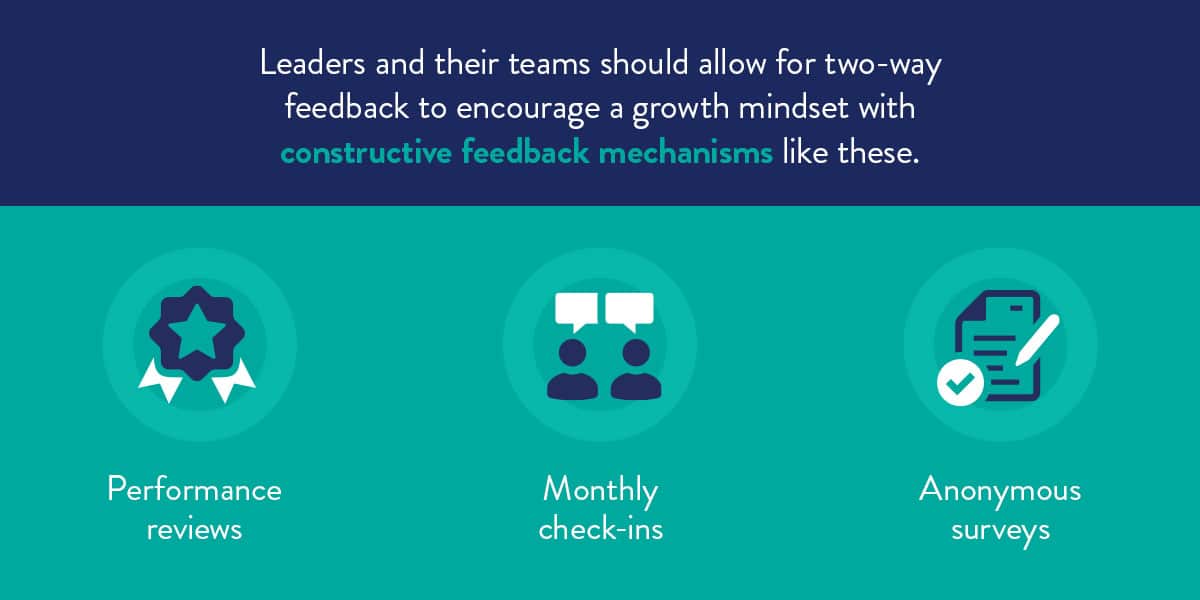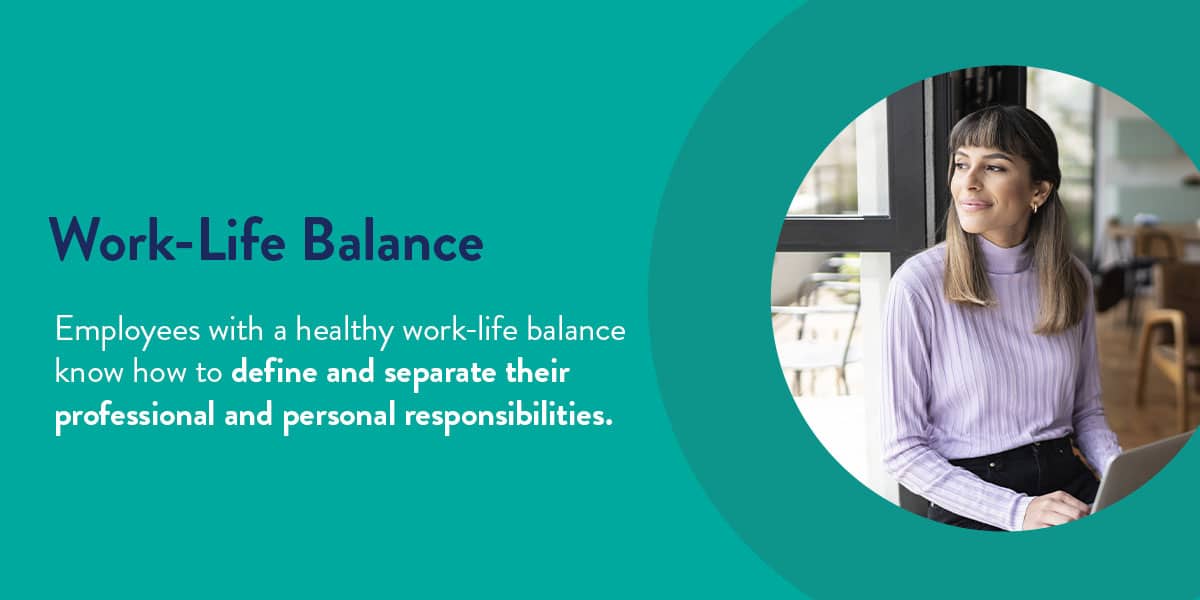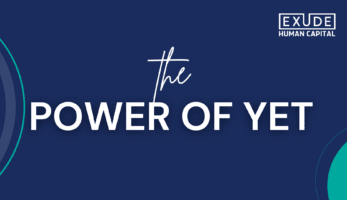Leadership
Leadership Best Practices That Improve Employee Engagement

Engaged employees often have higher performance ratings, fewer absences and increased mental resilience. The collective result of these benefits is a more robust organization.
This guide reveals the link between leadership and employee engagement, enabling you to prime your organization for success. Discover some of the most effective ways to motivate and inspire your employees.
The Importance of Employee Engagement
Employee engagement refers to the commitment and enthusiasm a worker shows toward their job. Committed workers care about their performance and feel fulfilled by their professional responsibilities. Organizations benefit from an engaged workforce in the following ways.

- Increased output: Engaged employees are generally more motivated to complete tasks, contributing to higher productivity levels.
- Enhanced employee retention: Workers who feel satisfied with their roles remain with the company longer, reducing the expenses associated with recruitment and hiring.
- Lower absenteeism: When employees enjoy their work, they’re less likely to find excuses to call in sick. Ensuring workers are present helps companies reach their targets and meet deadlines.
- Stronger work culture: Engaged workers embrace teamwork and exemplify a positive attitude. These qualities lay a foundation for better staff morale.
- Better customer service ratings: Satisfied workers go the extra mile to support customers, resulting in better service ratings. Delivering superior service typically equates to higher profits.
How Does Leadership Affect Employee Engagement?
While the benefits of an engaged workforce are evident, research published in 2022 reveals the lowest ratio of engaged to actively disengaged American employees since 2013. Organizations should hire inspiring leaders to shape workplace culture and increase employee engagement.
Fortune magazine releases an annual list of 100 best companies to work for. These exemplary businesses prioritize employee engagement and reap the rewards in the form of better morale, reduced turnover and higher productivity. Here are some shared trends within these positive workplaces.
- Celebrating employees: Companies that celebrate different perspectives and reward hard work create a better environment. Hospitality chain Hilton has repeatedly made Fortune‘s list for achieving this goal.
- Flexible practices: Businesses that implement hybrid schedules and encourage employees to have a healthier work-life balance are more successful in today’s climate.
- Supportive supervision: Leadership significantly influences employee engagement. The best executives and managers inspire their direct reports to reach their full potential.
Effective Communication
An organization’s success relies on the efforts of multiple team members. Effective communication between leaders and employees ensures everyone works toward the same goals. Here are some ways in which open communication channels boost employee engagement.
Transparency and Honesty
Whether your employees work in the office, at home or follow a hybrid schedule, you should give them ample opportunities to bring their goals or concerns to your attention.
Trusting your employees enables them to work independently, empowering them to grow their skills and take on new responsibilities.
Here are some tools and techniques you can use to foster a culture of open communication.
- Choose inclusive locations: Select a location that is convenient for your entire team if you host in-person meetings, or host gatherings online to accommodate everyone.
- Schedule meetings within work hours: Holding meetings within typical working hours ensures there are no clashes with family dinners, kids’ routines or other personal commitments. Multi-location companies should consider all relevant time zones when setting meeting times.
- Organize one-on-one feedback sessions: Some employees may not feel comfortable sharing their thoughts in group settings. Hosting individual meetups in private spaces offers them more freedom to share concerns.
- Offer mentorship programs: Workers might prefer to discuss their thoughts with a more experienced peer instead of their direct superior. In addition, facilitating a coaching program strengthens team relationships and provides a platform for additional learning.
- Request anonymous feedback: Message boxes or anonymous feedback forms allow workers to express themselves without fear of judgement. You will probably get more honest responses via this method.
Active Listening
Active listening requires hearing what a person is saying while also taking note of their thoughts and feelings. The technique helps people feel validated and respected — the cornerstone of all healthy relationships.
Before starting a meeting or feedback session, ensure the space is free of distractions such as phones or laptops. Use your eye contact and body language to indicate you’re listening and avoid interrupting. Ask clarifying questions if you don’t understand something.
Employee Recognition
Acknowledging employees for their efforts encourages them to continue to work at a consistently high standard. In addition, it can help boost company loyalty and employee engagement.
When recognizing an employee’s efforts privately or publicly, list specific ways in which they have contributed to the organization’s success. Monetary rewards like a bonus or gift will also go a long way in making workers feel valued.
Regular Feedback
Constructive criticism helps employees develop their skills. Leaders and their teams should allow for two-way feedback to encourage a growth mindset with constructive feedback mechanisms like these.

- Performance reviews: Scheduling formal annual reviews allows the time to go through how a worker’s performance compares to specified criteria. Analyzing their skills against company goals ensures a more accurate appraisal.
- Monthly check-ins: Regularly meet with your team leader to clarify objectives and stay on track with smaller, more achievable goals.
- Anonymous surveys: Feedback from other team members can ensure a more thorough assessment. Anonymity encourages people to be honest without any adverse repercussions.
Empowerment Strategies
Empowering your team gives them the support they need to take on new tasks, make critical decisions and learn new skills. Increased innovation often results from working more independently.
In addition, sharing the load will help leaders prevent overworking and experiencing burnout. Leaders can delegate tasks more efficiently with these tips.
- Determine which work you can assign: While it’s beneficial to challenge employees, consider their qualifications and skills when dividing tasks among the team.
- Play to a person’s strengths: A person’s natural talents give them a good foundation to tackle projects independently. Assign tasks based on interest and experience.
- Specify priorities: Someone taking on a project for the first time may not know which elements are time-sensitive. Flagging high-priority tasks will help keep everyone on track.
- Trust employees: Micromanaging every aspect of an employee’s work suggests a lack of trust that can undermine team dynamics. Practice letting go and assisting employees only if they ask for help.
- Celebrate success: Recognize and incentivize employees who successfully complete tasks. Consider giving them more challenging tasks in the future to ensure constant growth.
Inclusive Leadership and Management
Business leaders must constantly adapt to changing markets to maintain their competitive edge. One way to do so is to adopt an inclusive approach that ensures fair representation of different groups.
- Create a DEI statement: A diversity, equity and inclusion statement indicates your goal to create a more diverse workforce and outlines the steps you will take to measure success.
- Use inclusive language: Review and edit your policies for gender and racial inclusivity. For example, swap pronouns like “he” for “they” and phrases like “blacklist” and “whitelist” with more appropriate terms such as “deny” and “accept.”
- Ensure representation in recruitment: When appointing an interview panel, ensure your interviewers are mixed races, genders and ages to put job candidates at ease. These people will ask diverse questions based on their unique experiences and walks of life.
Mentorship Programs
Mentorship programs usually involve partnering an experienced employee with a new or less experienced team member. They offer benefits to both parties, as the mentee gains support while the mentor can develop their leadership skills.
Establishing Mentorship Programs
Effective mentorships play a pivotal role in engaging employees. Here are three tips to consider before you launch your program.
- Match mentors and mentees: People have different backgrounds, communication styles and personality traits. Consider all these aspects with grouping employees for an efficient match.
- Provide training and resources: It’s useful to outline a framework for mentorship sessions, so mentors and mentees know what to expect. Providing resources to both groups helps them know how to ask and answer questions.
- Make them mandatory: Many workers sideline self-development tasks when up against pressing deadlines. Requiring mentorship sessions encourages everyone to make time for these events in their schedule.
Measuring the Impact of Mentorship
It’s beneficial to choose one primary objective for your mentorship program to help you track your success. Some common program themes include skills development, employee networking or strengthening inclusion. Mentors can then set smaller SMART goals to monitor progress around the central objective.
Other ways to measure mentorship program success include reviewing if mentees reach their individual targets. While this is a more subjective approach, it’s a good way to check in with individual employees.
Work-Life Balance
The term “work-life balance” is a business buzzword — but what does it mean? Employees with a healthy work-life balance know how to define and separate their professional and personal responsibilities. Employers can encourage workers to create boundaries and find a middle ground with these tips.

- Allowing a hybrid schedule: Offering your employees a hybrid schedule gives them the best of both worlds. They can capitalize on in-person networking while enjoying the freedom of working from home.
- Encouraging break times: Regular breaks allow employees to get fresh air and rejuvenate their energy levels. Employees can come back from their break times rested and ready to conquer new tasks.
- Review workloads: While high productivity levels are a benchmark of success for many companies, too much work can lead to burnout. Routinely reviewing employee workloads for a healthier balance.
- Acknowledge different needs: Employees have obligations outside work, such as aging parents, children or school commitments. Considering these needs when you plan work schedules helps employees achieve in all areas of life.
- Solicit feedback: Employee input offers a realistic idea of your team’s likes and dislikes. You can then tailor your efforts accordingly.
Promoting Well-Being
Mental health initiatives could include office yoga sessions, visits from therapy pets or group lunches — whatever boosts morale. Ask your insurance provider about arranging mental health sessions with licensed therapists. Enabling employees to talk about their challenges in a confidential space will improve morale.
Team-Building
Organizations rely on multiple skill sets. Team-building exercises uncover hidden abilities to spur your success. These activities can range from trivia games to physical obstacle courses. Plan virtual events if your employees are remote. On the other hand, workers who come into the office may enjoy in-person challenges like an escape room.
Conflict Resolution
Diverse workforces bring many different personalities to the boardroom table, which sometimes leads to conflict. Tackling disagreements head-on prevents them from festering. Appoint a neutral third party to oversee negotiations and advise you on how best to proceed.
Creating a Positive Work Environment
A positive work environment encourages mental and physical employee engagement. Here are some ways you can achieve a more welcoming space.
Physical Elements
Office design is an art and science. Ergonomic chairs, distraction-free quiet spaces and healthy snack options all contribute to employee well-being. Incorporate elements like plants or views of nature to reduce workers’ stress and improve their mood and cognitive function.
If possible, try to design your office around natural light sources to make employees more energetic and alert while saving money on your energy bills.
Organizational Culture
The importance of organizational culture has gained momentum in recent years. It can affect aspects such as punctuality, tone and co-worker relationships. Your organizational culture may be top-down, in which decision-making and direction comes from senior leadership, or bottom-up, which empowers employees to take the initiative and suggest grassroots improvements.
Boost Employee Engagement With Exude Human Capital

Employee engagement and motivation don’t happen overnight — you create them by emphasizing autonomy, participation and innovation in your workforce. Set yourself up for success by harnessing factors like open communication, team-building skills and inclusive leadership.
Exude Human Capital Consulting partners with businesses to help them reach new heights. Since employee engagement is paramount, we tailor our services to reach this result. Explore our full range of leadership services today or contact our professional team to request personalized attention!








